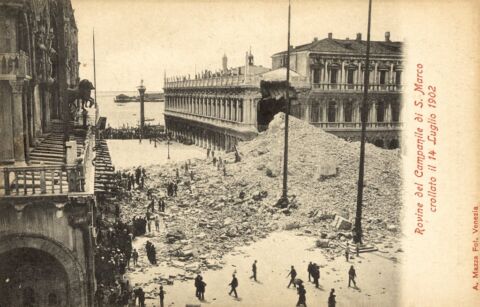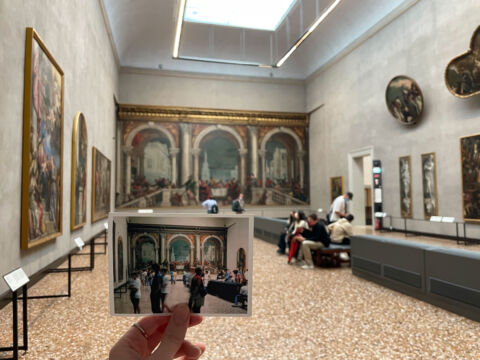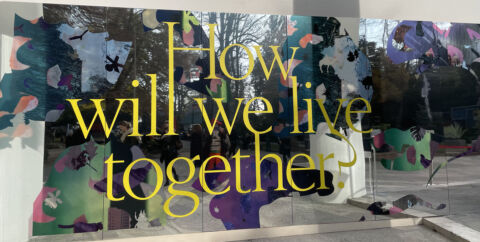
Students Abroad: Excursion to Venice

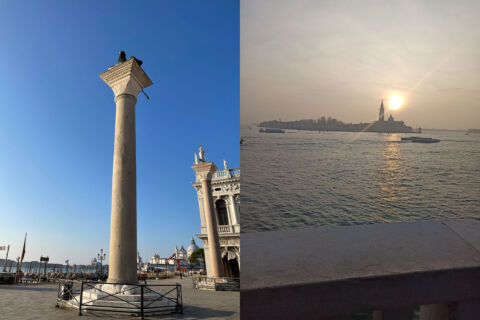
Related Entries
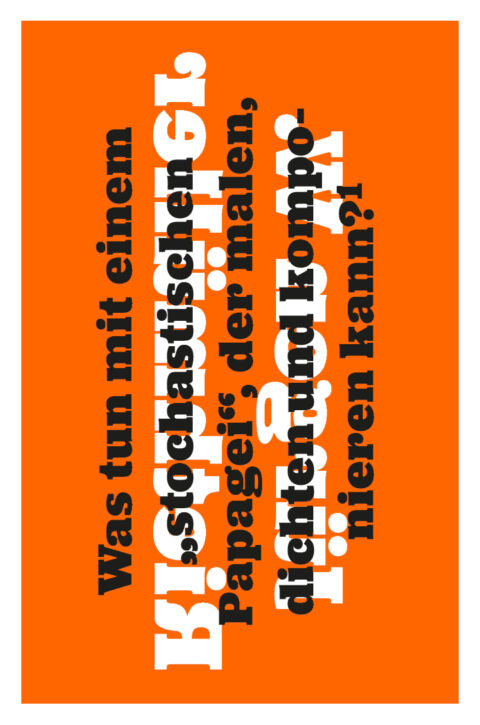
Release “edition orange” bei Art Book Fair im Werkstatthaus
Die neue Publikationsreihe der Merz Akademie edition orange startet mit Band 1: “Generative KI und die Künste: Eine kulturtheoretische Perspektive” von Theorie-Dozent und Autor Dr. Jürgen Riethmüller. Die Vorstellung des...
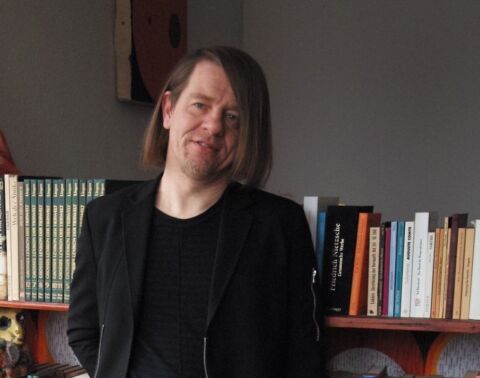
Generative KI und die Künste: Eine kulturtheoretische Perspektive – von Dozent Dr. Jürgen Riethmüller
Was tun mit einem „stochastischen Papagei“, der malen, dichten und komponieren kann? Generative KI und die Künste: Eine kulturtheoretische Perspektive. Von Dr. Jürgen Riethmüller. Zum Download (PDF). Seit dem überraschenden...
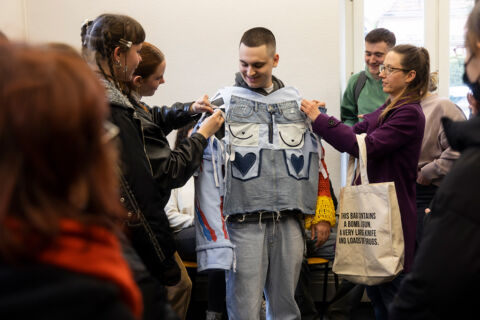
Workshop week in summer semester 2023 – Impressions
The exhibition and presentation at the end of the workshop week in the summer semester 2023 was once again super! Two courses presented themselves in our library, then we went...
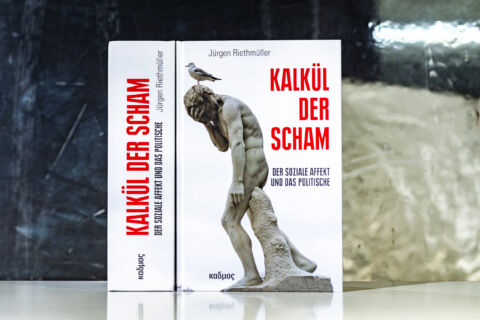
Kalkül der Scham – New Book by Dr. Jürgen Riethmüller
Kalkül der Scham – Der soziale Affekt und das Politische. The new book by Dr. Jürgen Riethmüller, academic researcher in the field of cultural studies, cultural history and text, has...
